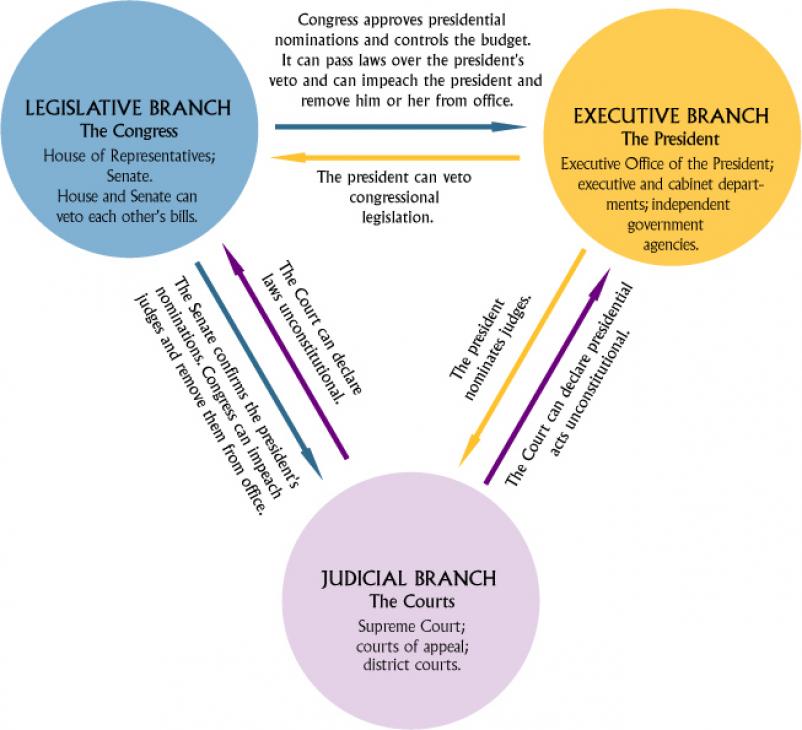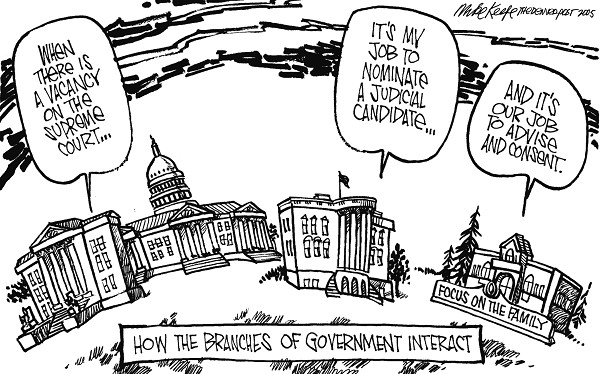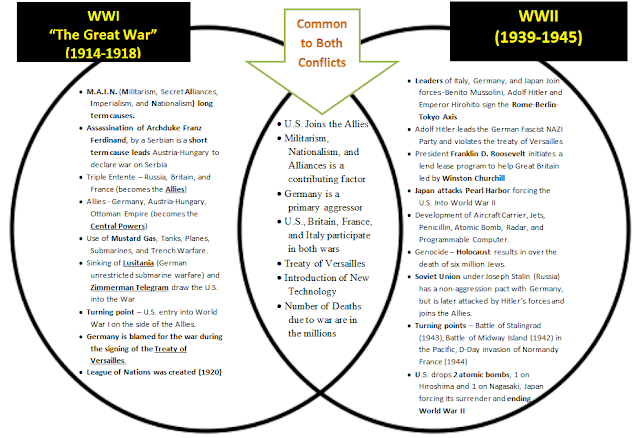SEPARATION OF POWERS & CHECKS AND BALANCES
CHECKS AND BALANCES & SEPARATION OF POWERS
Remember, Civics and Government along with American History combined is a big part of the T.A.S.C. exam therefore make sure that you are clear about these key Constitutional ideas. I wish you luck, and as always feel free to ask any questions by posting at the bottom of this document.
“You are the architect of your own future, so design your future with uncompromising sincerity.”
― Debasish Mridha
If you want to skip the reading click on the link to take the practice exam: Link to Exam
How does this political cartoon demonstrate the challenge of replacing a Supreme Court justice in the American government?
Explanation: The cartoon above shows the three branches of government (Judicial, Executive, and Legislative branch) and how they interact with one another. The Judicial Branch is on the far left, then the Executive in the middle, and the Legislative on the right. The President gets to choose the Justices of the Supreme Court. Then the Legislative Branch, specifically the Senate is there to give advice and permission (confirm or accept the selected justice). If confirmed the new individual becomes one of 9 Supreme Court Justices.These three branches form our government and must cooperate in order to complete their functions.
Guiding Principles of the Constitution
The
Constitution (1789) is the framework for America’s second and longest lasting
government model. The “Founding Fathers” (signers of the Declaration of Independence and The Framers of the Constitution) were highly influenced by the enlightenment ideas expressed in 18th century Europe. John Locke (life, liberty, and property), Baron de Montesquieu (separation of powers), and Jean-Jacques Rousseau (social contract and government by the people) all developed theories of government in which some or even all the people would govern. Over the years, the Constitution has acquired an almost
sacred status for Americans. Part of the reason for that is its durability: the Constitution has survived, with
relatively few changes, for more than two centuries. It ensures stability
and continuity in American political life. It symbolizes our collective values
in a way that most Americans—no matter what their political views—are able to
embrace.
Purpose of the Constitution: To Establish a Limited Government By The People
The Framers’ (original drafters of the constitution) main goal in crafting the
Constitution was to create a system of limited government. They knew that
absolute power often leads to the abuse of rights. On the other hand, they also
knew that a lack of governmental power could result in chaos and instability. The Framers tried to make sure that the Constitution gave the government enough
power to ensure peace and order, but not so much that its power went unchecked.
As James Madison, a founding father wrote in The Federalist No. 51:
“You must first enable the government to control the governed; and in the next place to oblige it to control itself.”
The limited government envisioned in the Constitution is based on seven guiding
principles:
- Popular sovereignty- the belief that the authority, legality and legitimacy of the government is created by the will or consent of its people
- The rule of law- in the United states the Constitution is the Supreme law of the land. All our laws are derived from the interpretation of this document.
- Separation of Powers- the division of power across the three branches of government in the United States. This practice is adhered to at both the state and national level.
- Checks and Balances- the regulation of powers held by different branches of government. Each branch of government has the ability to check and therefore limit or balance out the power of another branch.
- Federalism- is defined as the Constitutional relationship maintained by the State's and the Federal government.
- Independent Judiciary- the belief that the rulings made by the courts should not be tampered with or influenced improperly by other branches of the government.
- Guarantee of Individual Rights and Freedoms- implies that the rights and freedoms of the individual are protected by the Constitution. These right and freedoms are specifically mentioned in the first ten amendments, collectively known as the "Bill of Rights." Other amendments included in the Constitution provide specific protections such as due process, and the right to vote.
Separation of Powers
The
Constitution divides power in the national government among the three separate
branches. It was the Barron de Montesquieu, from the age of enlightenment that
wrote about separation of powers in his book “The Spirit of Laws” 1750. This Enlightenment idea about separation
of powers was a key component in The Framers’ (original writers of the constitution) vision of limited
government. In The Federalist No. 47, James Madison wrote:
“The accumulation of all powers, legislative, executive, and judiciary, in the same hands . . . may justly be pronounced the very definition of tyranny.”
Below is an image that illustrates the separation of powers in our Federal Constitutional government:

Checks and Balances
In The Framers’ view, separating the powers
of government among the three branches would ensure that no one branch could
dominate the government. The framers took this principle a step further by inserting
provisions in the Constitution that would allow each branch to check, or limit, the power of each of the other branches thereby restoring balance.
This system of checks and balances can be seen in many parts of the
Constitution, including the following provision:
“He [the president] shall
have Power, by and with the Advice and Consent of the Senate, to make Treaties,
provided two thirds of the Senators present concur.—Article II, Section 2,
Clause 2.”
Notice that in the above quote from the Constitution that the president must get permission from the Senate (legislature) in certain matters. Although the president has the power to make treaties, such treaties must be approved by a two-thirds vote of the Senate to take effect. In this way, the Senate can check the power of the president. Of special note on one of congresses checks is that it is Congress that has the power to issue a declaration of war, not the president. This clause goes on to say that the Senate can also block the president’s appointment of ambassadors, Supreme Court justices, and executive officers.
Below is an image that illustrates Checks and Balances established by the Federal Constitutional government. Each branch of government (showing separation of powers) is encased in its own circle:

What is the Executive Branch "Veto Power?"
Another clause in the Constitution establishes the president’s veto power over bills passed by Congress. It says that the president can refuse to sign a bill into law and instead send it back to Congress: “Every Bill which shall have passed the House of Representatives and the Senate, shall, before it become a Law, be presented to the President of the United States; If he approve he shall sign it, but if not he shall return it, with his Objections to the House in which it shall have originated.—Article I, Section 7, Clause 2” The clause goes on to say, however, that if Congress passes the bill again with “a two-thirds majority, it becomes law without the president’s signature,” thus checking the president’s veto power.What can be done if a member of the three branches of government needs to be removed from office?
Other sections of
Article I address the removal of top officials: “The House of Representatives shall...have the sole Power
of Impeachment.—Article I, Section 2, Clause 5” The only
way to remove a president, other members of the executive branch, or federal
judges from office is by impeachment. This process requires that a simple
majority of House members vote to impeach, or formally charge, the official
with wrongdoing. A trial then takes place in the Senate. According to the Constitution:
“The Senate shall have the sole Power to try all Impeachments .
. . And no Person shall be convicted without the Concurrence of two thirds of
the Members present.—Article I, Section 3, Clause 6” Conviction in a Senate
trial requires a two-thirds vote of guilty. The power of impeachment gives
Congress a check on the other two branches of government.




Um, you didn't look at the comic panel above.
ReplyDeleteIt doesn't show the three branches of government.
The building on the right is Focus on the Family, the far-right, religious-extremist, Christian-fundamentalist hate group that believes Liberals have defiled the nation and works to "restore" the nation to a mythical past when it was (but actually wasn't) a Christian nation.
The comic shows how Christian nationalists have infiltrated the federal government when Republicans control the White House and/or Senate. The use an unconstitutional religious test to pick judges, to the detriment of liberal democracy.